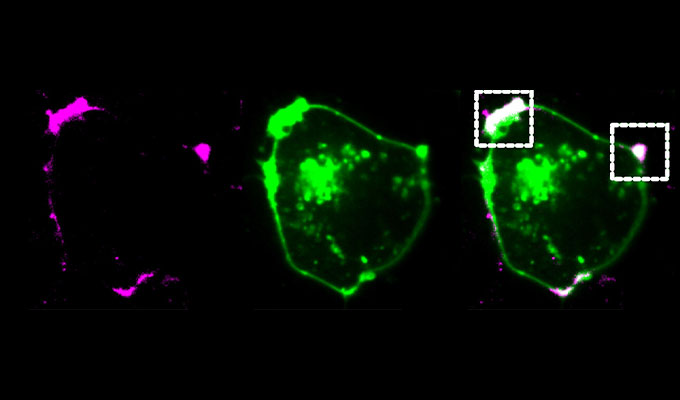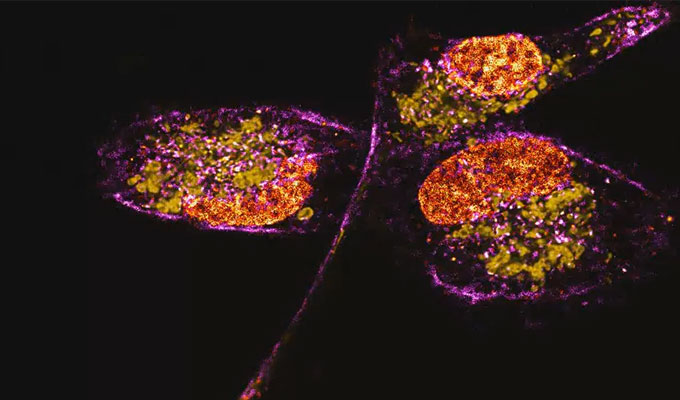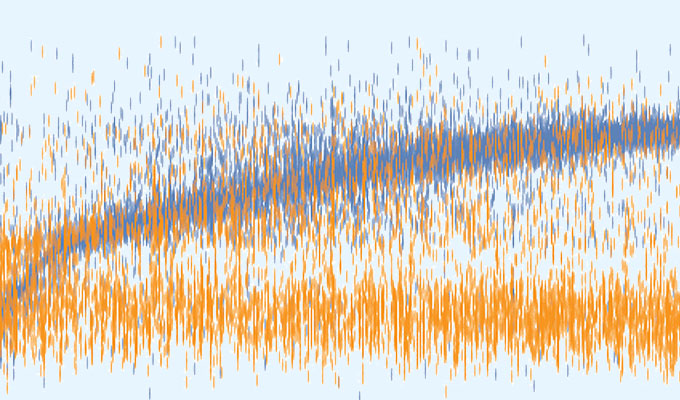Optogenetics for cell death research: tools and applications
Speaker: Kateryna Shkarina
Online live: Dec 06, 2023 12:00 PM EST Posted: Dec 18, 2023 Views: 6445
Abstract
Regulated cell death plays a key role in immunity, development, and homeostasis, but is also associated with a number of pathologies such as autoinflammatory and neurodegenerative diseases and cancer. However, despite the extensive mechanistic research of different cell death modalities, the direct comparison of different forms of cell death and their consequences on the cellular and tissue level remain poorly characterized. Comparative studies are hindered by the mechanistic and kinetic differences between cell death modalities, as well as the inability to selectively induce different cell death programs in an individual cell within cell populations or tissues. Over the past years, the advancements in synthetic biology led to the development of the number of optogenetic and chemogenetic tools which enable more specific and controlled activation of various types of cell death. By specifically targeting selected proteins within the pathways, these tools enable further delineation of molecular mechanisms of cell death, as well as specific targeting of single cells or cell populations both in vitro and in live animals.
In this webinar, we will discuss optogenetic tools for cell death research, with the particular focus on inflammasome pathway and pyroptosis, and also their applications in various areas of cell death research.
Speaker

Kateryna Shkarina, Ph.D.
Post-doctoral fellow, Institute of Innate Immunity, University Hospital Bonn
Dr. Kateryna Shkarina is an SNSF post-doctoral fellow in the laboratory of Dr. Eicke Latz at the Institute of Innate Immunity, University Hospital ...
View more
Keywords
Optogenetics, Cell Death, Inflammasomes, Bystander Response, Apoptosis, Pyroptosis, Necroptosis
Do you have a question about this webinar?
Post your question, and we'll invite the webinar speaker to respond. You're welcome to join the discussion by answering or commenting on questions ( Note: Not all questions, especially those not directly relevant to the webinar topic, may be answered by the speaker. ).
Tips for asking effective questions
+ Description
Write a detailed description. Include all information that will help others answer your question.
10 Q&A
What are the advantages and disadvantages of using optogenetic tools to study cell death?
Can we use optogenetic during a MRI scan? I mean, is there any way to make it MRI compatible?
What is the most reliable and useful point for this technique for cell death study? Thanks.



